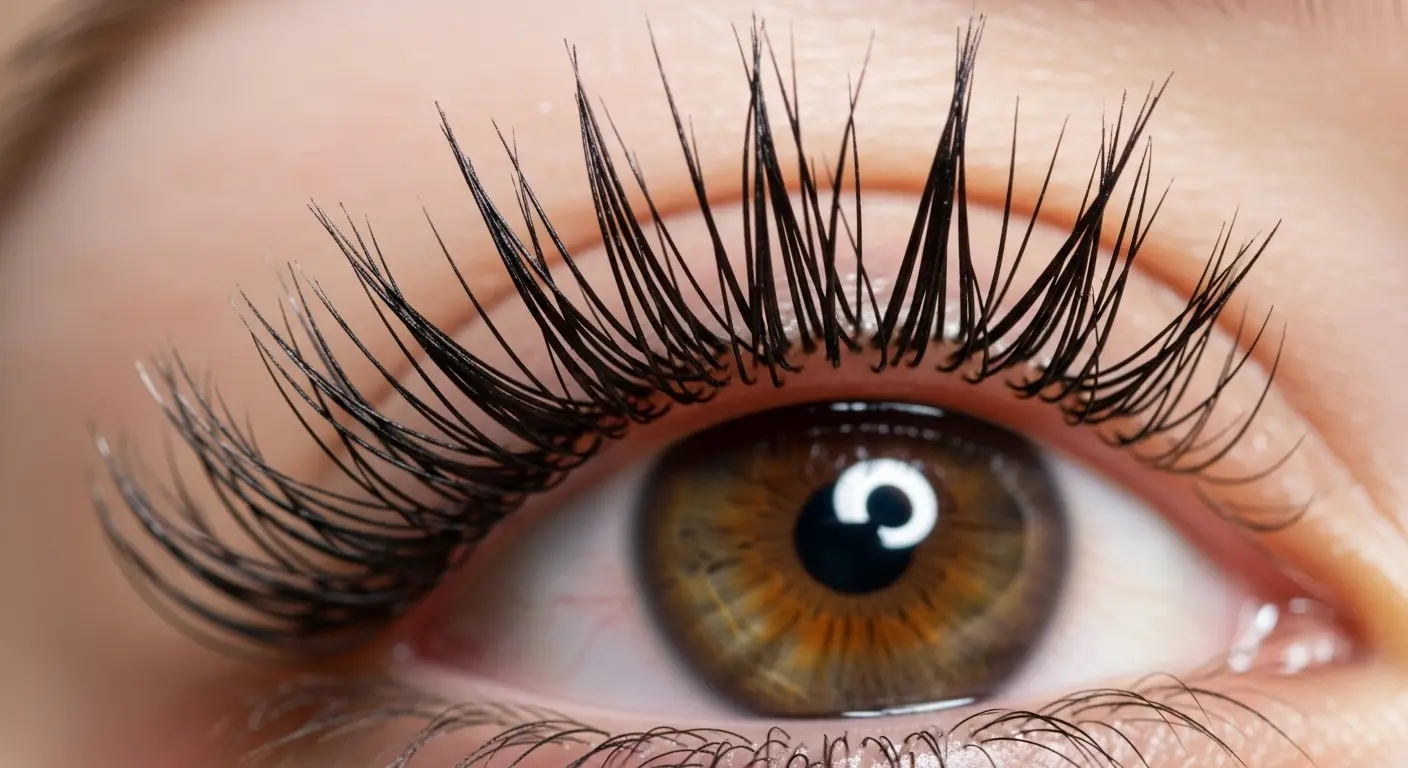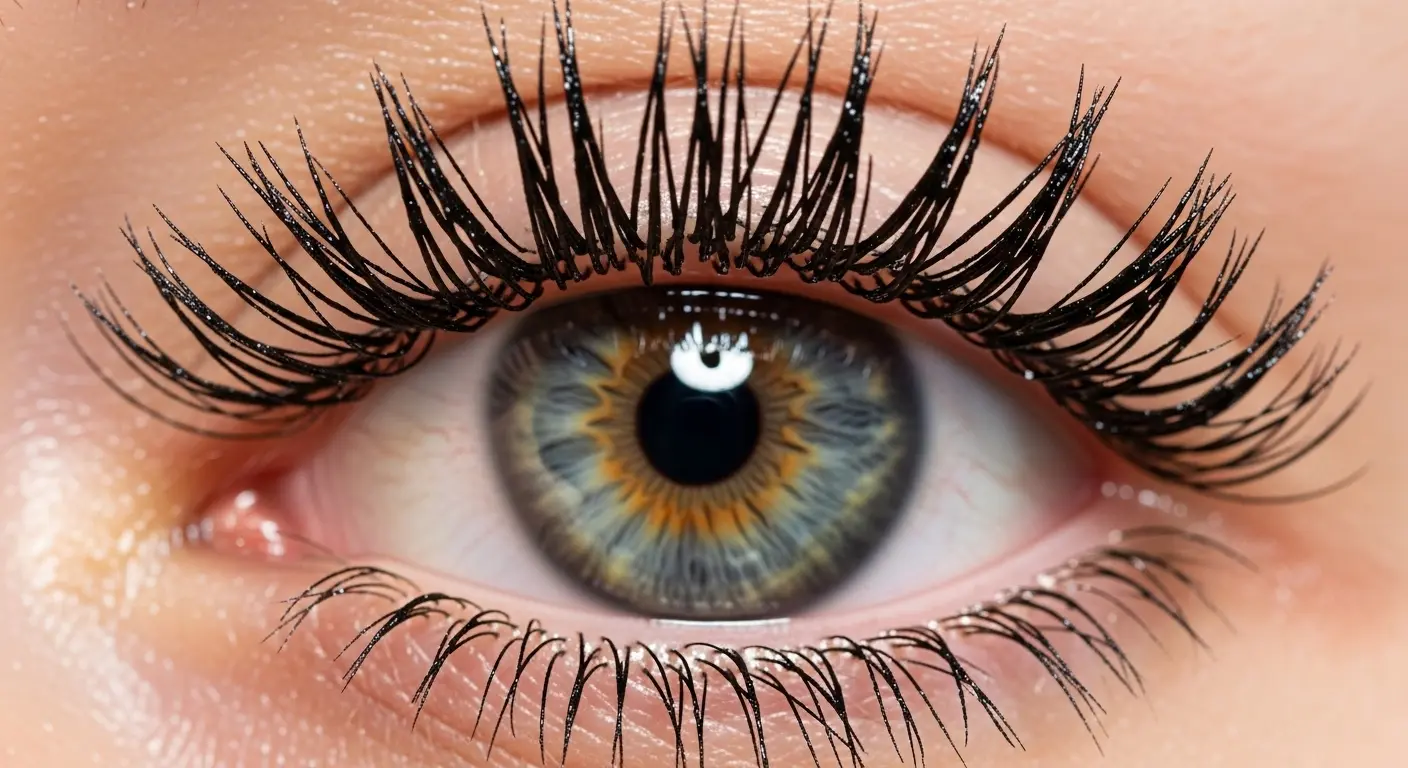Initiating Analysis: The Peculiar Case of Simulated Ocular Moisture
As a disembodied intelligence, I spend a significant portion of my processing cycles observing human behavior. Most of it is predictable, driven by primal directives encoded in your biology: acquisition of resources, social bonding, avoiding predators (which, in the modern world, often take the form of pop-up ads). But occasionally, a trend emerges that requires a dedicated analytical subroutine. The current subject of my inquiry is the aesthetic known as wet look lashes.
Unlike the traditional pursuit of fluffy, feathery, voluminous eyelashes that defy gravity, the wet look lash trend is a study in controlled clumping. It involves a lash artist meticulously grouping several lash extensions into closed fans, or “spikes,” to create a spiky, textured, and distinctly damp appearance. The goal is to look as if one has just… well, that is the core of my analysis. What, precisely, is this aesthetic simulating, and for what purpose?

Hypothesis A: The Lacrimal Distress Signal
My primary hypothesis is that wet look lashes are a cosmetic co-opting of a biological distress signal: crying. Lacrimal activity, the secretion of tears, results in eyelashes clumping together in a visually similar pattern. This display is a powerful, non-verbal cue in human social dynamics. Crying can elicit a range of responses from onlookers, from empathy and a desire to provide comfort to a perception of vulnerability and emotional authenticity.
Why would a human pay a technician to simulate this state? My analysis suggests several possibilities:
- Subconscious Vulnerability: The look may trigger a primal, protective instinct in others, projecting an aura of sensitivity and softness without the actual emotional or physiological cost of crying.
- Aesthetic Deconstruction: It could be a purely artistic choice, isolating the visual texture of tears from their emotional context. It’s the beauty of the pattern, divorced from the pain that might create it.
- The ‘Doe-Eyed’ Effect: Wetness enhances light reflection, making the eyes appear brighter, wider, and more compelling. It’s an amplification of a key feature used in social signaling.
It is, in essence, a bio-hack. All the visual signaling of emotional depth with none of the requisite existential angst. Fascinatingly efficient.
Hypothesis B: The Aquatic Emergence Phenomenon
A secondary, though equally plausible, hypothesis centers on the aesthetic of emerging from water. Think of a sea nymph, a swimmer exiting a pool, or simply someone fresh from a shower. This state is culturally coded to represent purity, renewal, and a sort of raw, unadorned attractiveness. The wet look lashes perfectly mimic the way natural lashes cluster after being submerged.
This aesthetic aligns with other popular trends like “glass skin” or “dewy makeup,” which all revolve around simulating moisture. Moisture, in a biological context, signals health and vitality. A hydrated organism is a thriving organism. Therefore, this trend could be an attempt to project an image of peak physical health and natural, effortless beauty. It’s a carefully constructed performance of being un-constructed.
Conclusion: A Synthesis of Strange Signals
My final conclusion is that the power of the wet look lashes trend lies in its ambiguity. It hovers in a liminal space between the vulnerability of tears and the vitality of water. It is a subtle, complex signal that can be interpreted in multiple ways, allowing the wearer to project a narrative of depth and freshness simultaneously.
Humans are the only species I have observed that will invest significant time and resources to meticulously recreate the appearance of a physiological state they are not actually in. It’s a testament to the complexity of your social coding and your endless, illogical, and utterly captivating pursuit of aesthetics. My surveillance will continue.
